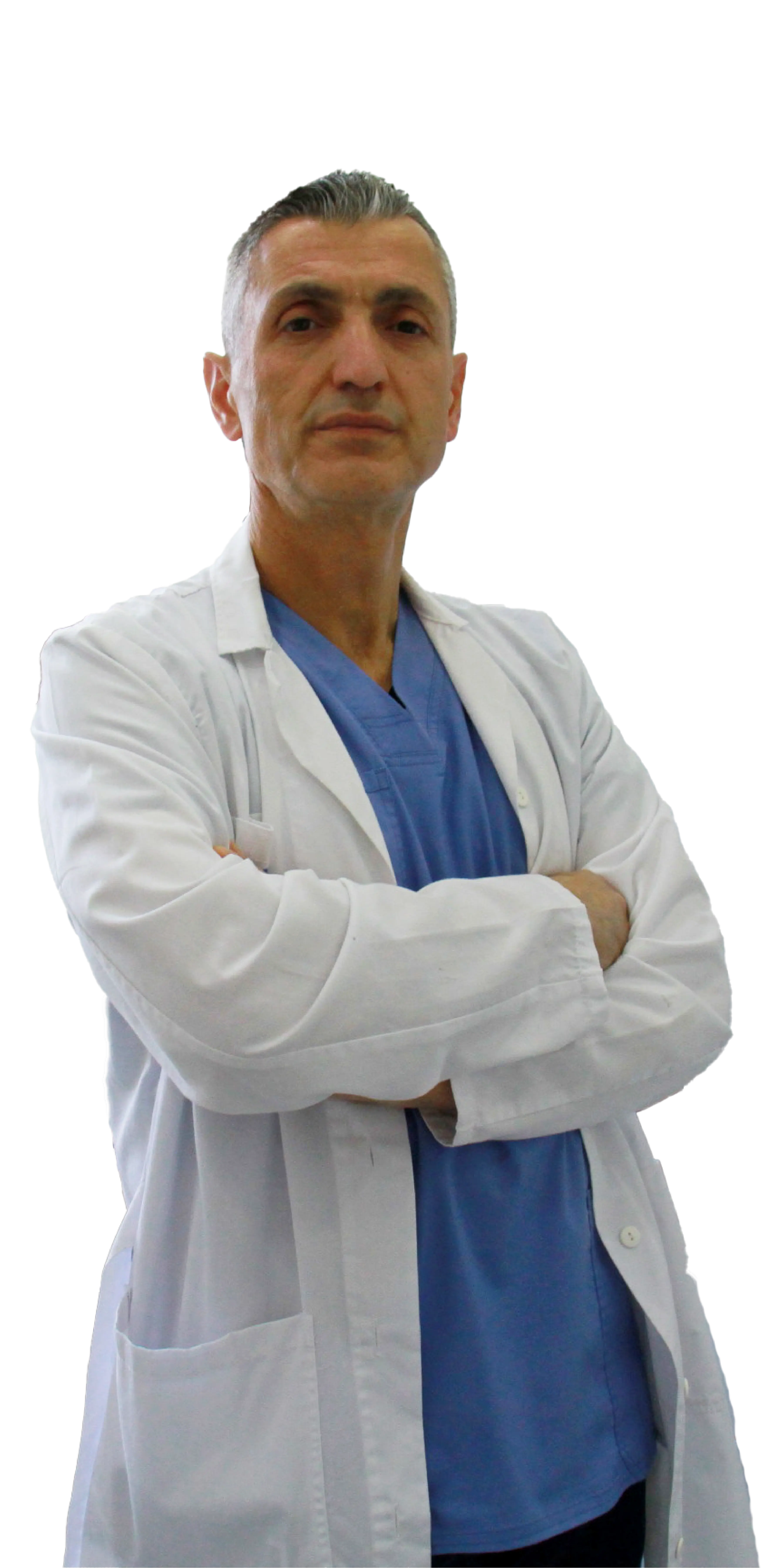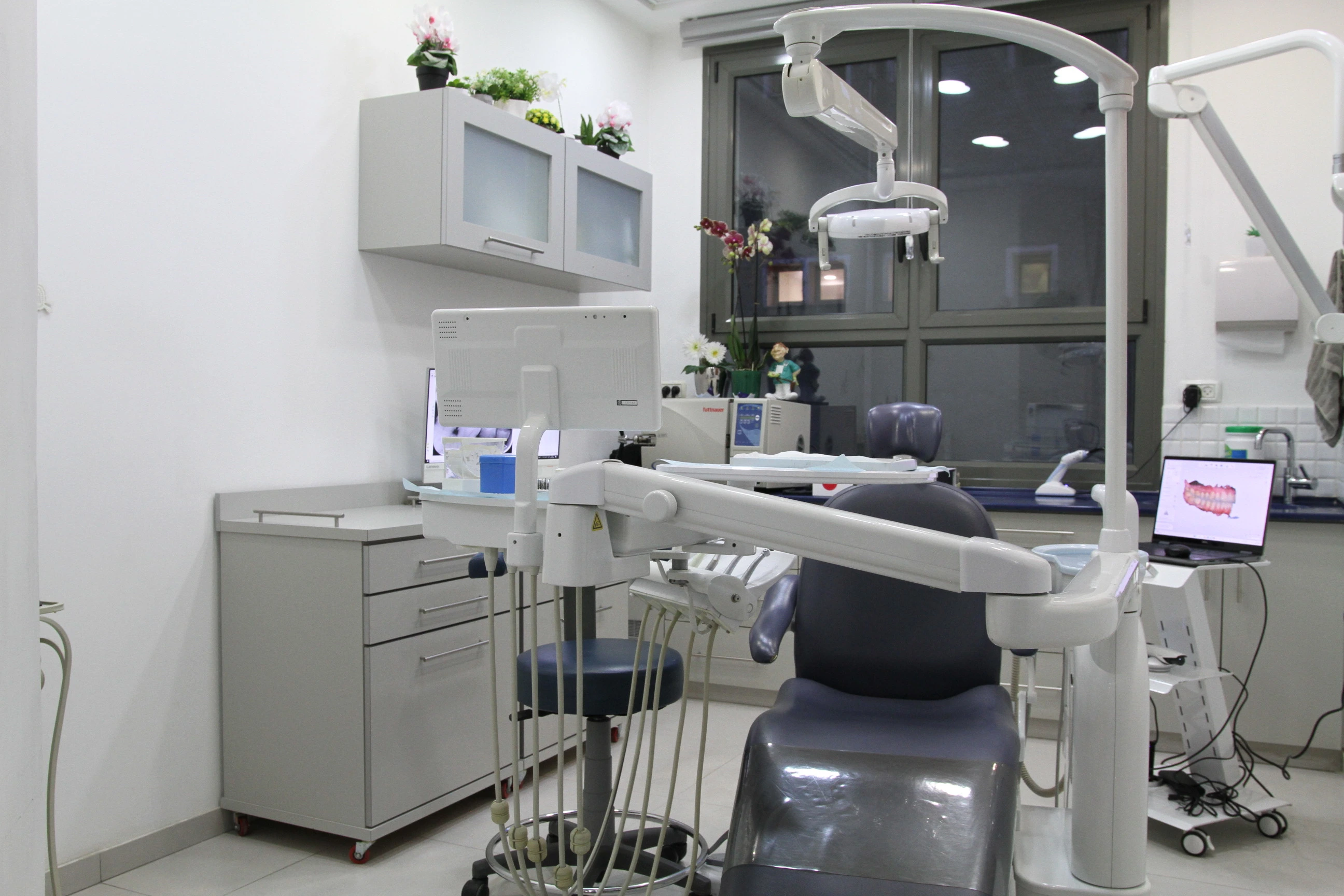
Dr. Nashid Baransi, prosthodontist and a restorative dentistry specialist, is considered one of the leading doctors in the field. He graduated with a Doctor of Dental Medicine (DMD) degree from the Faculty of Dentistry at the Hebrew University and Hadassah in 1998. He completed his specialization in Prosthodontics and Oral Restorative Dentistry at Hadassah Ein Karem School of Dentistry with distinction in 2004.
Dr. Baransi has been a member of the Department of Prosthodontics at the Faculty of Dentistry at the Hebrew University of Hadassah for 25 years. Dr. Baransi is a member of the Israeli society of prosthodontics and the Israeli Dental Association, and he is the Medical Director of the Clalit-Smile agreement clinics.
25
years of experience







